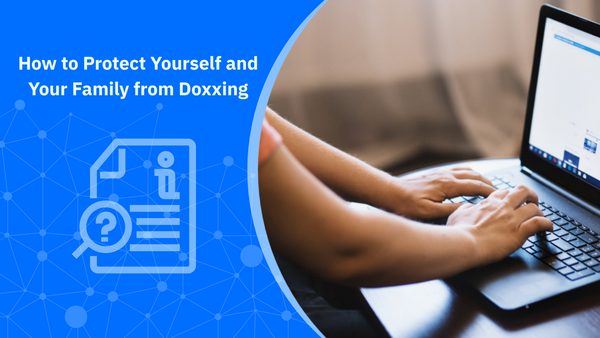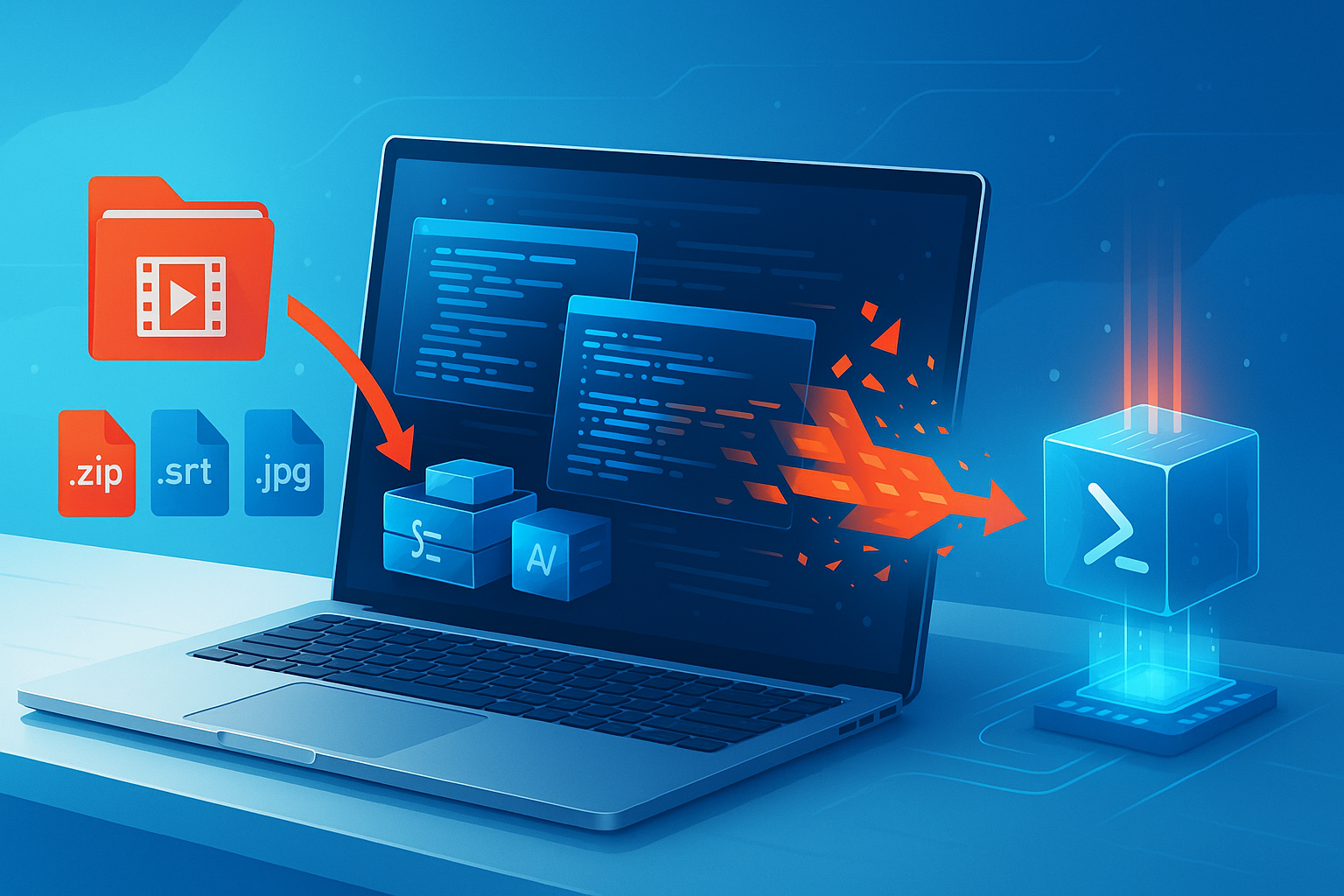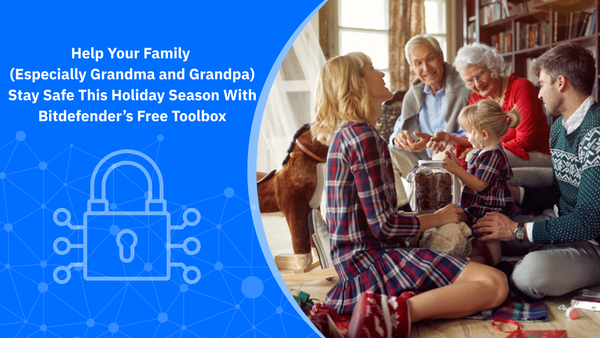How to Protect Yourself and Your Family from Doxxing

I still remember when Facebook first launched. What a craze it was among teenagers and young adults.
We were posting everything: our weekend plans, our favorite hangouts, random quizzes revealing our “celebrity soulmates,” and of course, an endless chain of photos. Comment sections were like public chatrooms – nobody really thought twice about what they were sharing or with whom.
Nowadays, that level of carelessness feels almost unthinkable. None of us paid much attention to the kind of information we were putting out or how it might be used. We just didn’t know better — cybersecurity and privacy were barely part of the conversation. In hindsight, my friends and I dodged a bullet.
Fast forward 20 years, and the online landscape is very different. Today, billions of people are connected, and social media isn’t just a digital diary — it’s a global stage. Every photo, comment, and tag contributes to a massive web of personal data that, in the wrong hands, can be weaponized. Oversharing has evolved from innocent fun to something that can expose entire families to serious risks, including the topic of this article – DOXXING.
Doxxing — What it is and Why it’s So Harmful
To put it plainly, doxxing is the process of gathering someone’s private information and releasing it online without their consent. This can include anything from names and phone numbers to home addresses, IP data, photos, or even workplace details. The intent is almost always malicious: to threaten, shame, or silence.
Doxxing feels invasive because it blurs the line between online and offline life. It’s not just about a hacked account or a leaked password — it’s about losing control of your personal identity. Once your details are out there, they’re nearly impossible to take back, and that loss of privacy can impact not only you but your entire family.
How Doxxing Happens
Doxxing doesn’t necessarily involve technical expertise or hacking. In most cases, malicious individuals simply exploit what’s already public. Here’s how it can happen:
- Information collection: Attackers scour social media, forums, and data broker sites for clues — names, relationships, photos, old usernames.
- Metadata extraction: Photos often contain EXIF data, revealing GPS coordinates, timestamps, or even the device used — a digital fingerprint that can expose your location.
- Phishing and impersonation: Some attackers trick victims into sharing private data through fake messages or “security alerts.”
- Public records and leaks: Voter databases, old resumes, or exposed credentials from data breaches can be cross-referenced for more details.
- Insiders or acquaintances: Sometimes the threat comes from someone you know — a friend, ex-partner, or online contact.
- Real-time doxxing: In some cases, attackers share live information — for instance, posting an address during a livestream — leaving the target person no time to react.
Once gathered, this data can be posted publicly, sent to employers, or used to harass victims. And, with generative AI now part of the equation, even photos and biometric data can be repurposed into deepfakes, spreading false content or impersonating victims — a risk we’re highlighting in our “They Wear Our Faces” campaign.
Real Stories
In a recent ABC News report, several Australian teenagers described their harrowing experiences of being doxxed.
Alex, now 17, was targeted after a gaming dispute while playing Call of Duty. Another gamer used his IP address to find his location and began sending up to 50 unwanted food deliveries a day to his house — all unpaid. His family’s address was shared online, and he described living in a state of constant anxiety. He was 15 at the time.
“It was just constant… I was in a constant state of being very alert that there were probably people coming to me or waiting for me,” Alex told ABC news.
Although the harassment stopped within a couple of weeks after he and his family said they would call the police, Alex knows the abusers still have his home address.
"I would assume those people do still have my address, and I can't imagine them doing it again after a few years, but there's definitely a small state of fear still about it," he says.
Persephone, 13, was doxxed after someone used Snap Map on Snapchat to pinpoint her home address and then attempted to blackmail her. Her private information was leaked to classmates, who then taunted her online. She felt scared and powerless.
These stories show that doxxing is becoming more personal and more common among young people. What used to be a problem for influencers or public figures now affects everyday users — from teenagers to parents, educators, and even small business owners.
How to Make It Harder for Someone to Dox You
Protecting yourself and your family starts with awareness and small, consistent actions.
- Limit what you share publicly. Avoid posting your address, workplace, or identifying photos (like in front of your house or your child’s school) online.
- Maximize your privacy settings. Set profiles to “friends only” and regularly review who can see your posts.
- Remove metadata. Before uploading photos, remove location tags and EXIF data.
- Use strong passwords and MFA. Protect accounts with unique, complex passwords and multi-factor authentication. Use our free password generator to ensure best password hygiene.
- Use a VPN to mask your IP and make it harder for malicious individuals to trace your location.
- Audit your digital footprint. Google yourself periodically to see what’s publicly available.
- Remove data from people-search sites. Tools like Bitdefender Digital Identity Protection can identify where your personal data is exposed and help you remove it.
- Be cautious in online communities. Think twice before sharing details in gaming chats or forums.
- Segment your digital identity. Use separate emails or usernames for different platforms.
- Don’t overshare family content. Be mindful of children’s photos — today’s “cute moment” could become tomorrow’s privacy risk.
Teaching Kids Online Privacy
Kids are more digitally connected than we ever were. However, this doesn’t mean they understand the permanence of what they post. Here’s how parents can set a positive example and protect their children’s privacy:
- Start early. Talk about privacy as soon as kids begin using connected devices.
- Make it relatable. Use simple examples: “Would you tell a stranger your address?”
- Set boundaries together. Decide which photos, names, or details can be shared publicly.
- Discuss trust and consent. Teach them not to share others’ information without permission.
- Explain deepfakes. Use Bitdefender’s “They Wear Our Faces” campaign as a conversation starter about AI-generated content and identity theft.
- Use protective tools. Bitdefender family plans include Parental Control, which helps parents manage screen time, block unsafe websites, and monitor online activity across devices.
These habits build digital literacy and emotional resilience — skills children will rely on for life.
What to Do If You’re Doxxed
If you or a family member become a target of doxxing:
- Document everything. Take screenshots, save URLs, and note timestamps.
- Report it. Use platform reporting tools to request content removal.
- Alert authorities. If you receive threats or harassment, contact local law enforcement.
- Secure your accounts. Change passwords and enable MFA everywhere.
- Use Bitdefender Digital Identity Protection to monitor new leaks or impersonation attempts.
- Reach out for emotional support. Doxxing can trigger anxiety or fear — talk to family, friends, or a counselor.
FAQs
1. Can doxxing include photos or videos?
Yes. Attackers often use photos, sometimes manipulated into deepfakes, to impersonate or humiliate victims.
2. Can minors be doxxed?
Absolutely. Teenagers are frequent targets through social media or gaming platforms.
3. Is doxxing illegal?
In many countries, yes — especially when it leads to harassment or threats. Even where laws lag, platforms may take action under anti-harassment policies.
4. How can I check if my data is already exposed?
Use Bitdefender Digital Identity Protection to scan for personal data leaks across the web and dark web.
5. Should I stop using social media altogether?
Not necessarily. Focus on intentional sharing: think before posting, review settings, and teach your family to do the same.
tags
Author
Alina is a history buff passionate about cybersecurity and anything sci-fi, advocating Bitdefender technologies and solutions. She spends most of her time between her two feline friends and traveling.
View all postsRight now Top posts
Cybercriminals Use Fake Leonardo DiCaprio Film Torrent to Spread Agent Tesla Malware
December 11, 2025
Genshin Impact Scam Alert: The Most Common Tricks Used Against Players
December 05, 2025
How Kids Get Automatically Added Into WhatsApp Groups with Horrific Imagery Without Consent
November 24, 2025
FOLLOW US ON SOCIAL MEDIA
You might also like
Bookmarks








